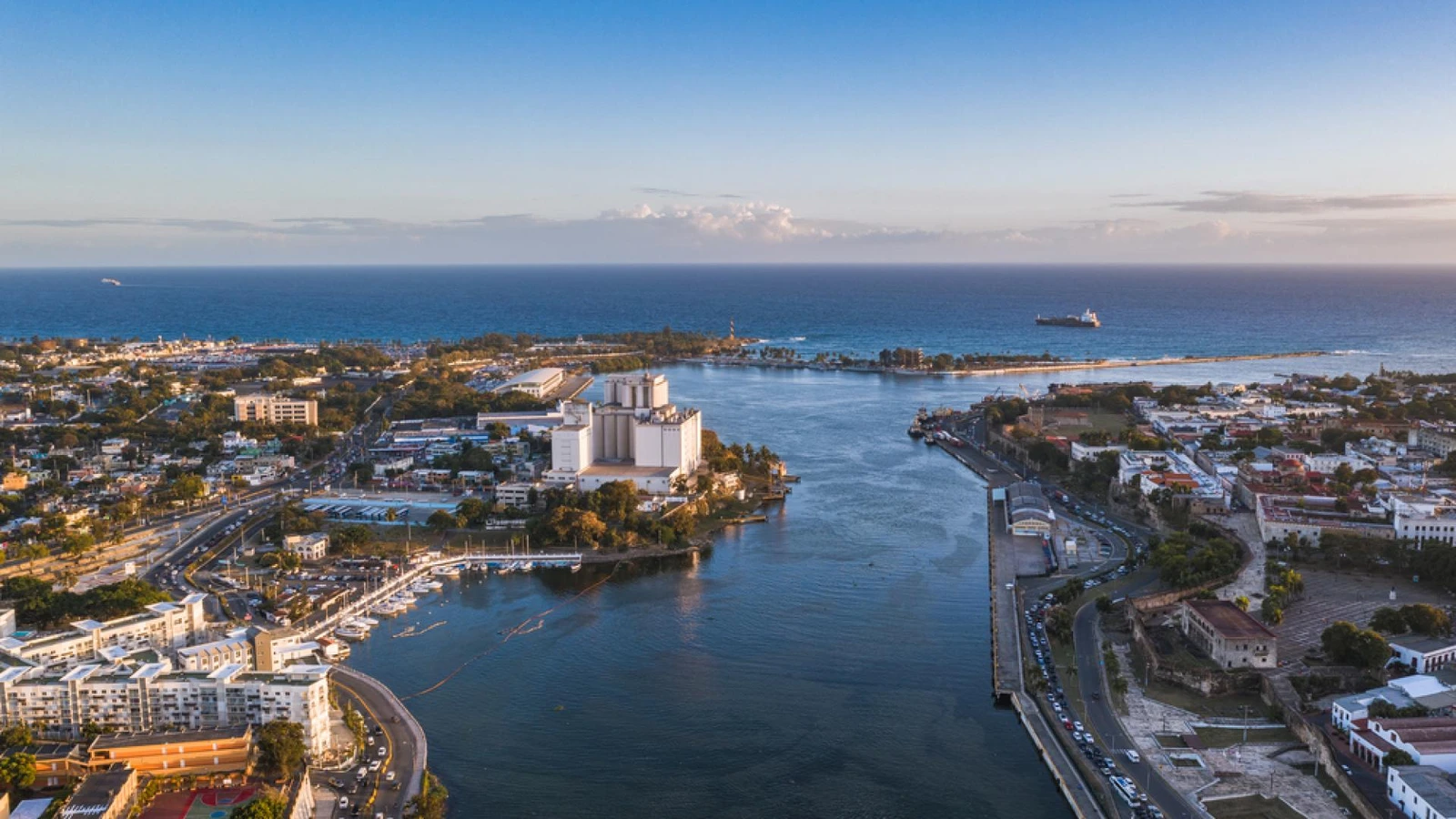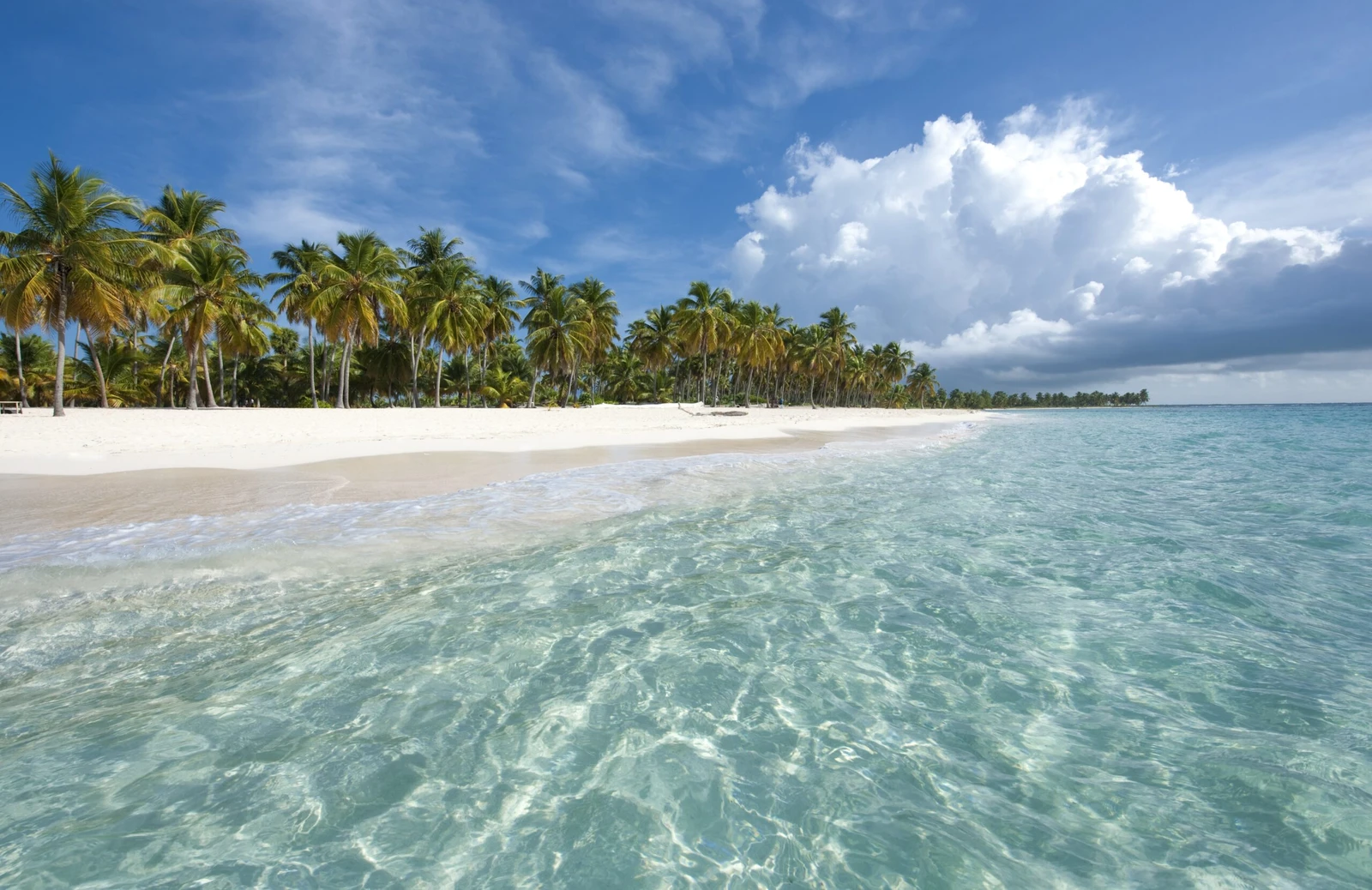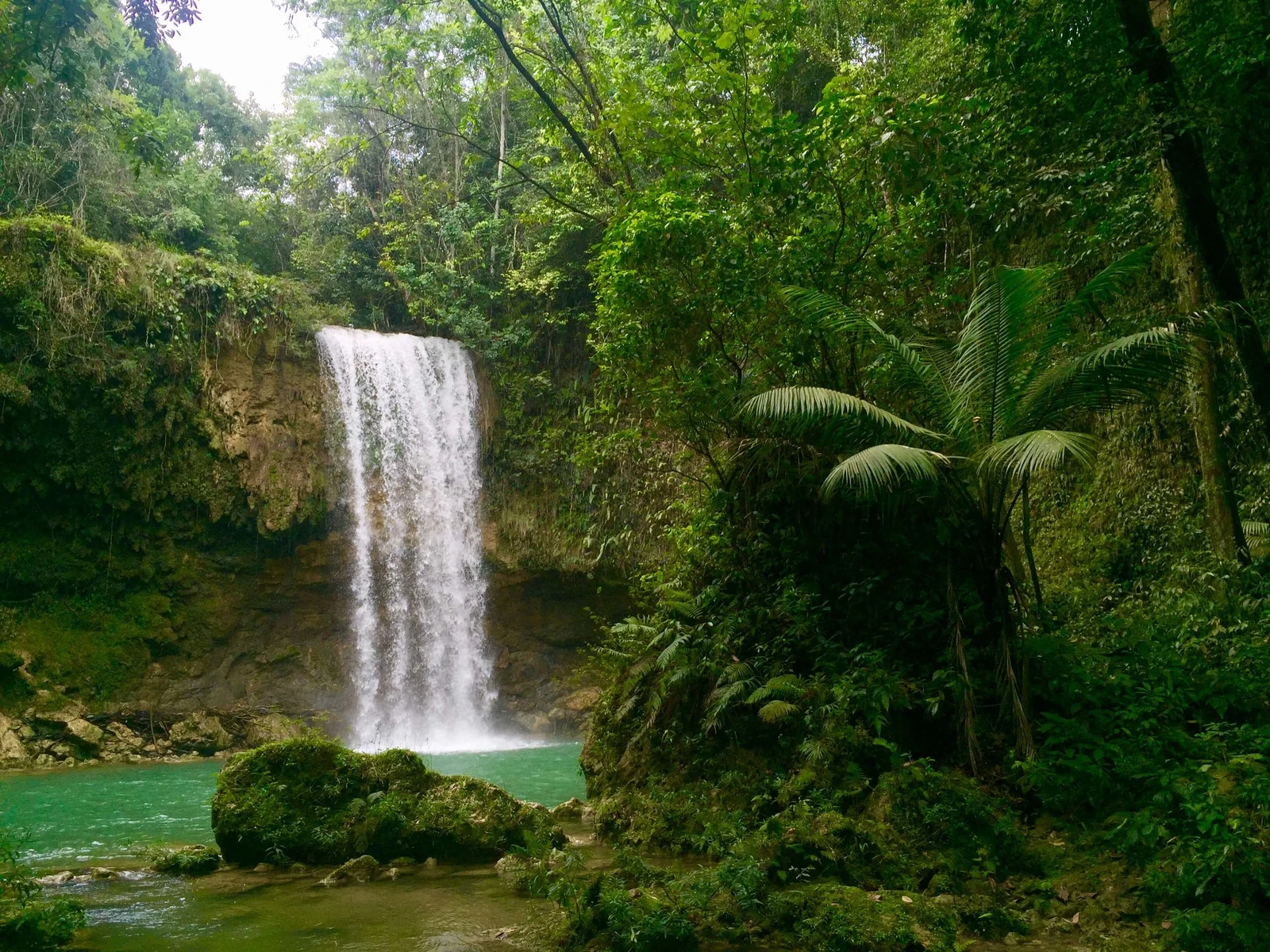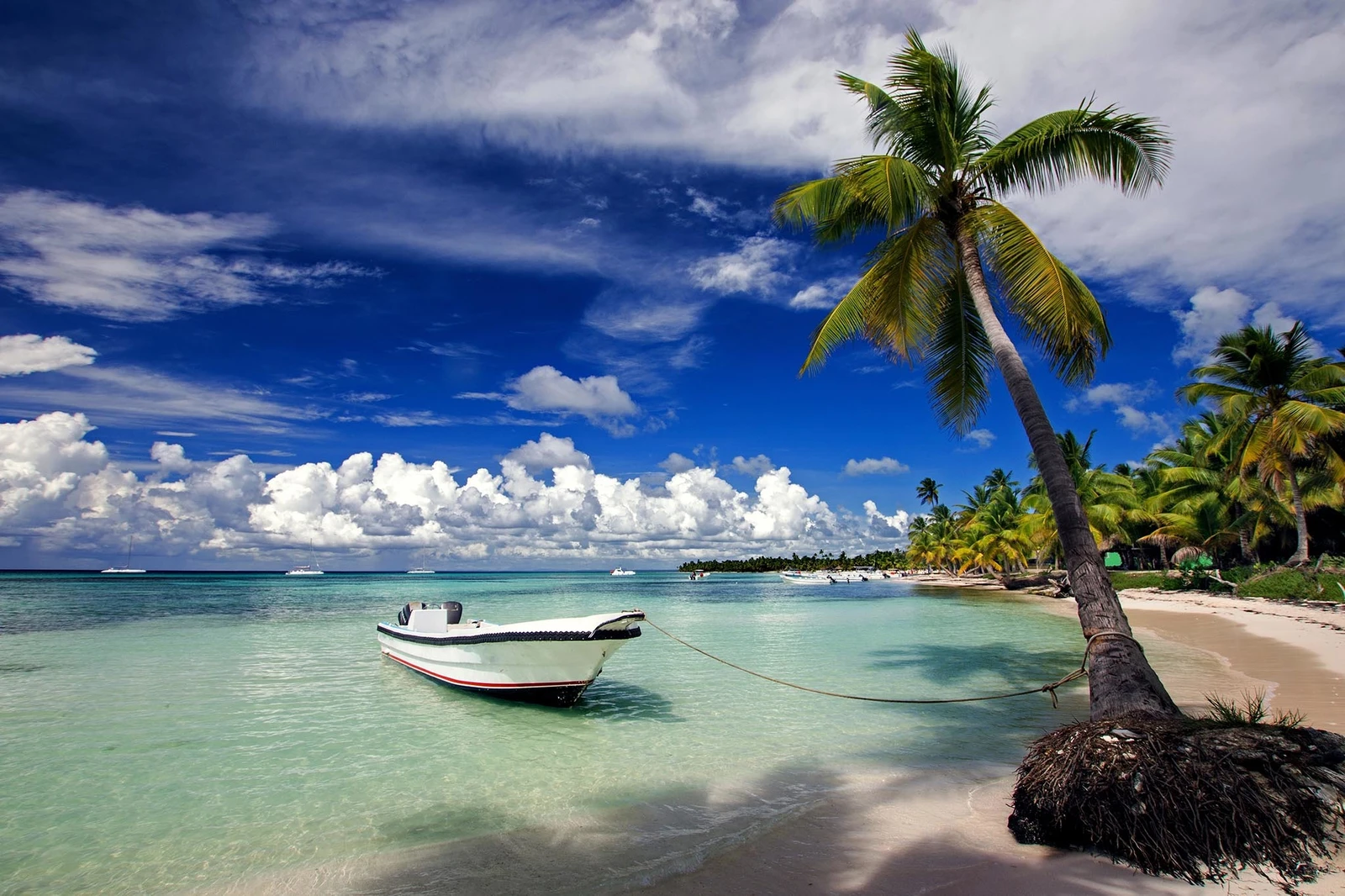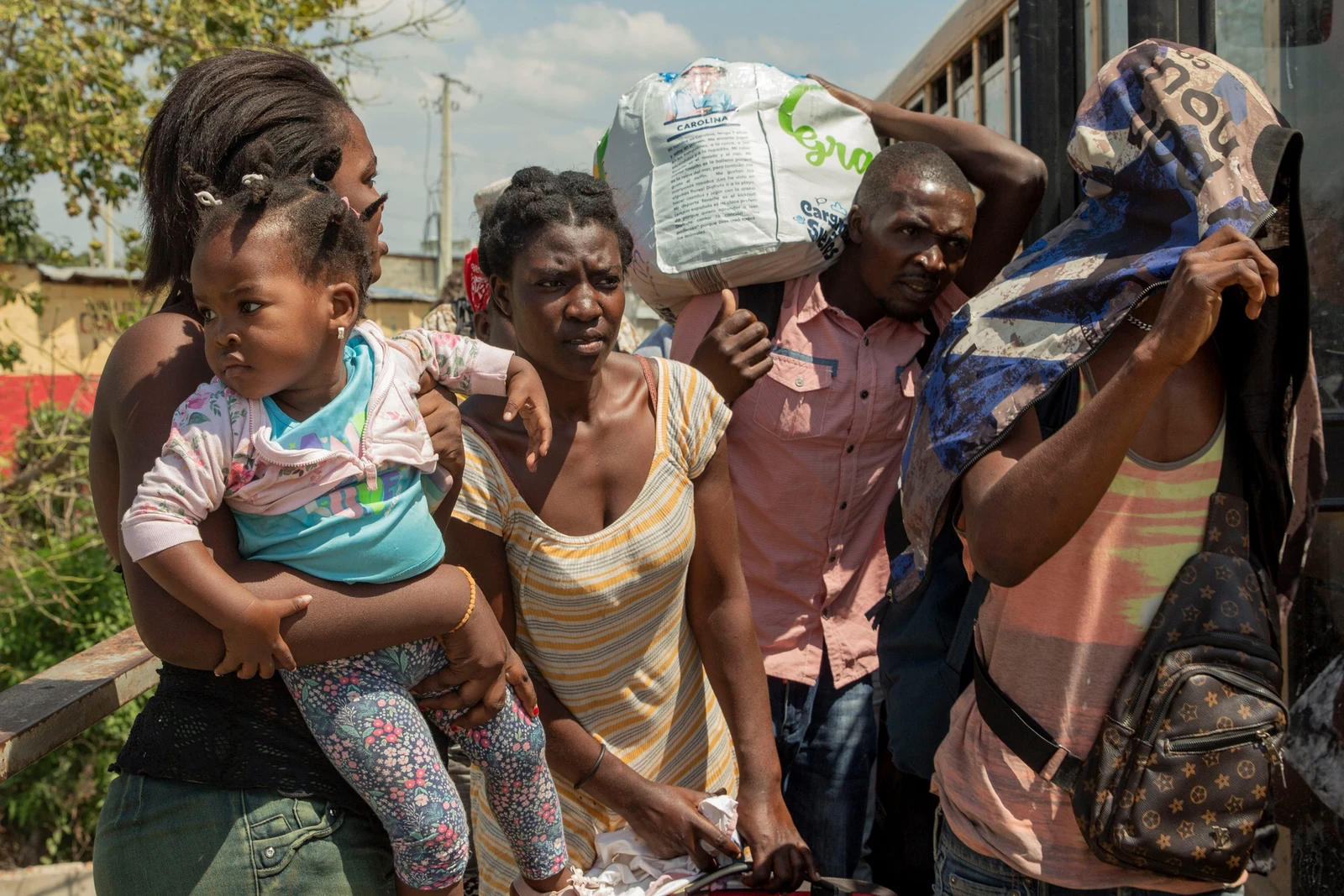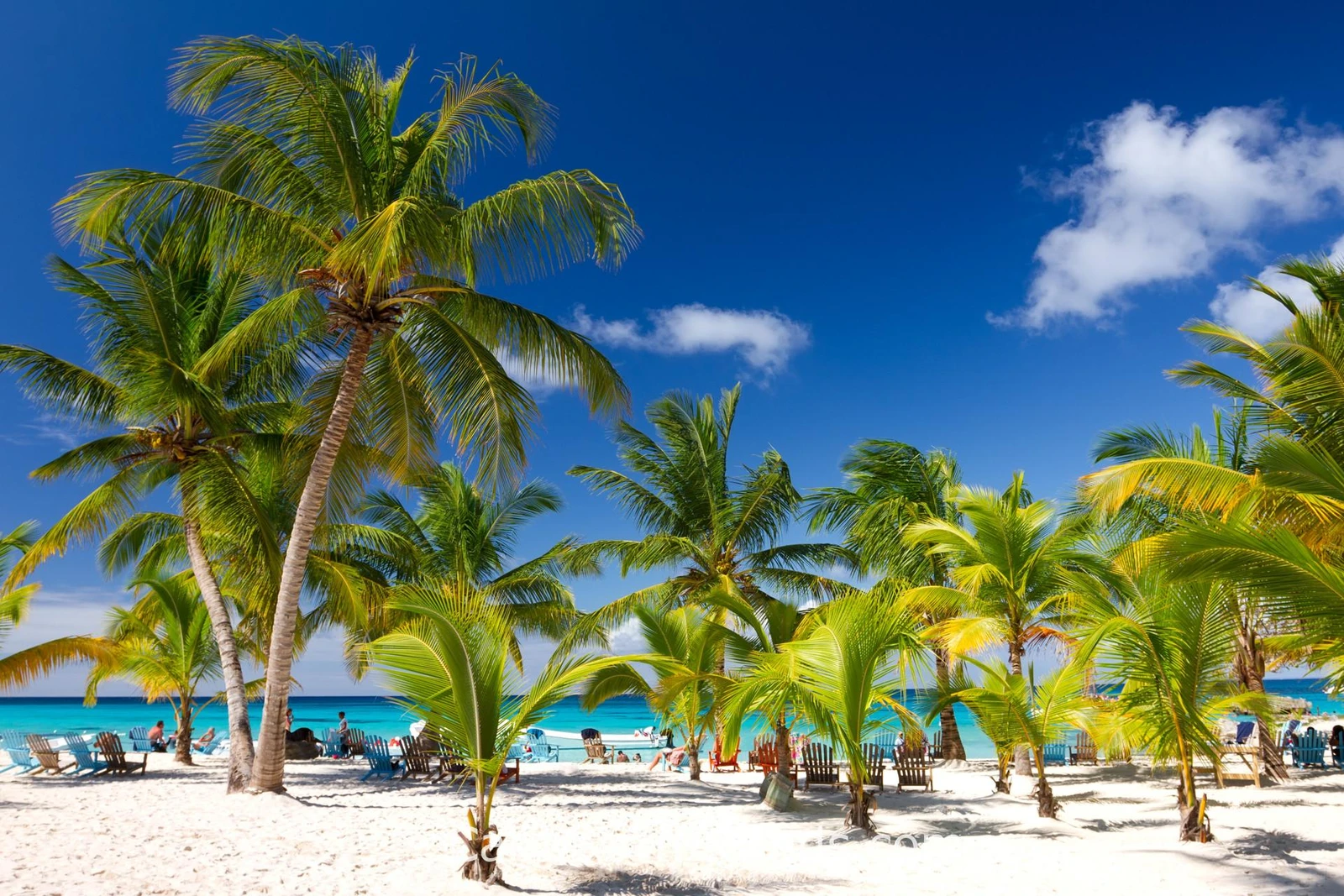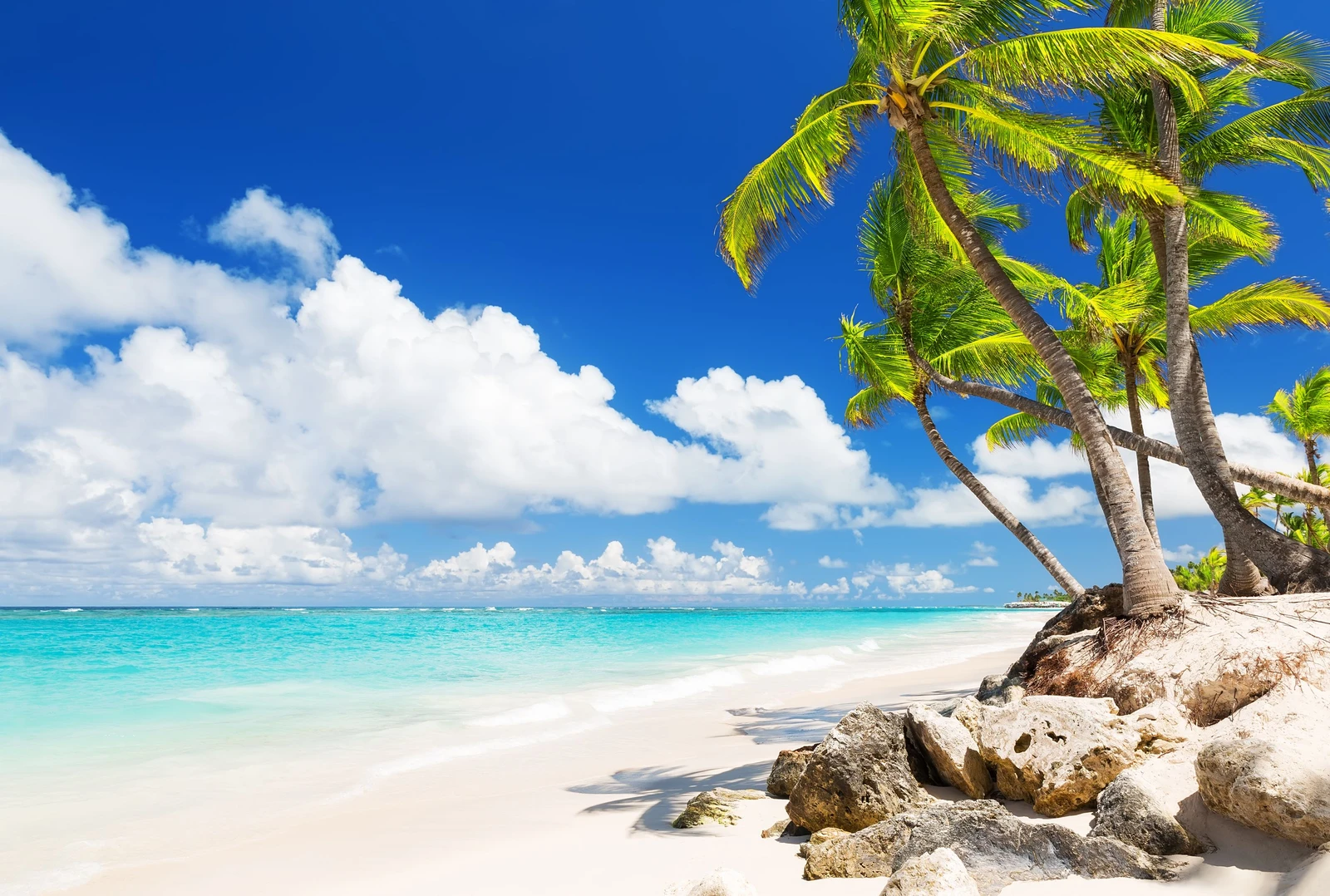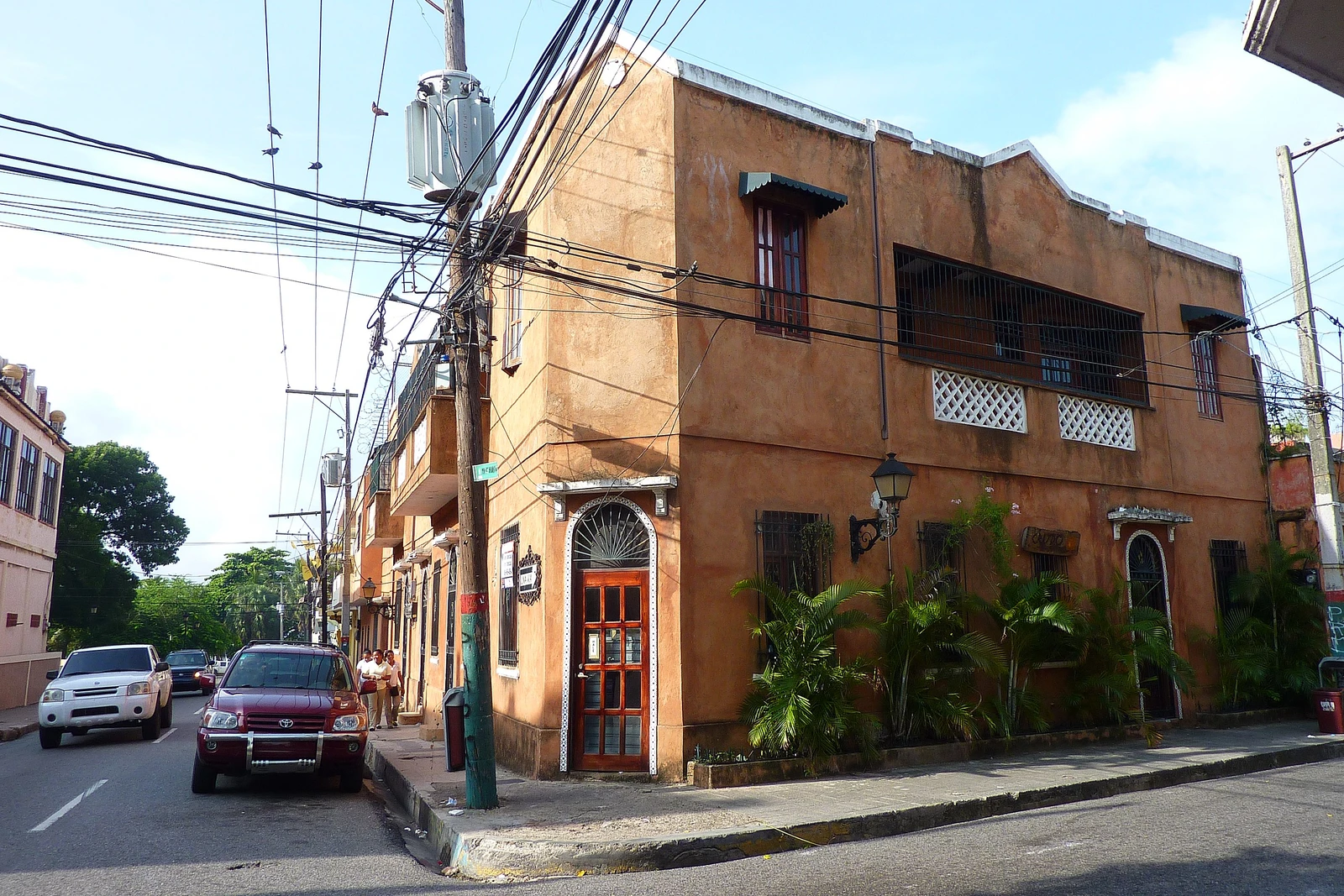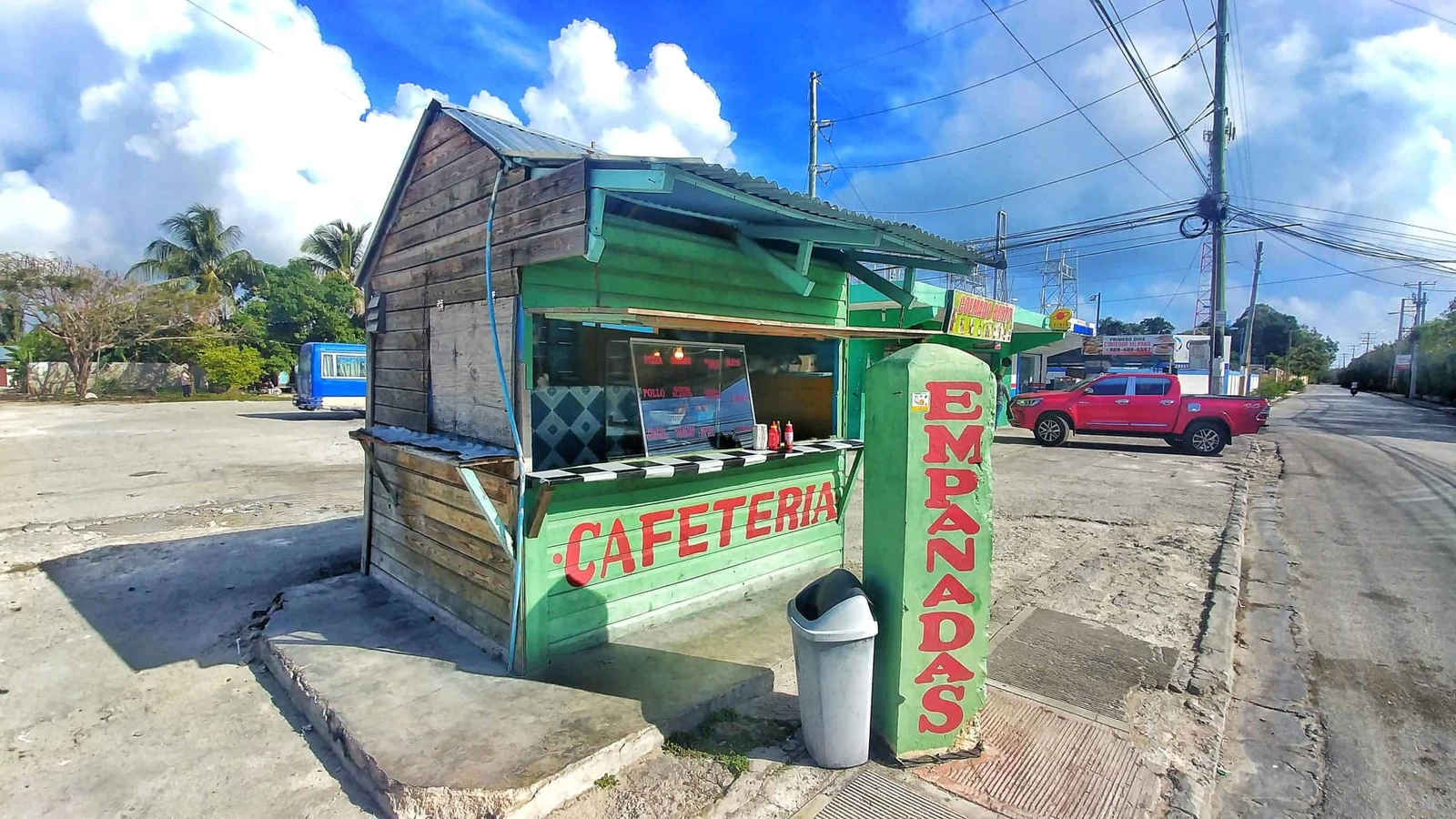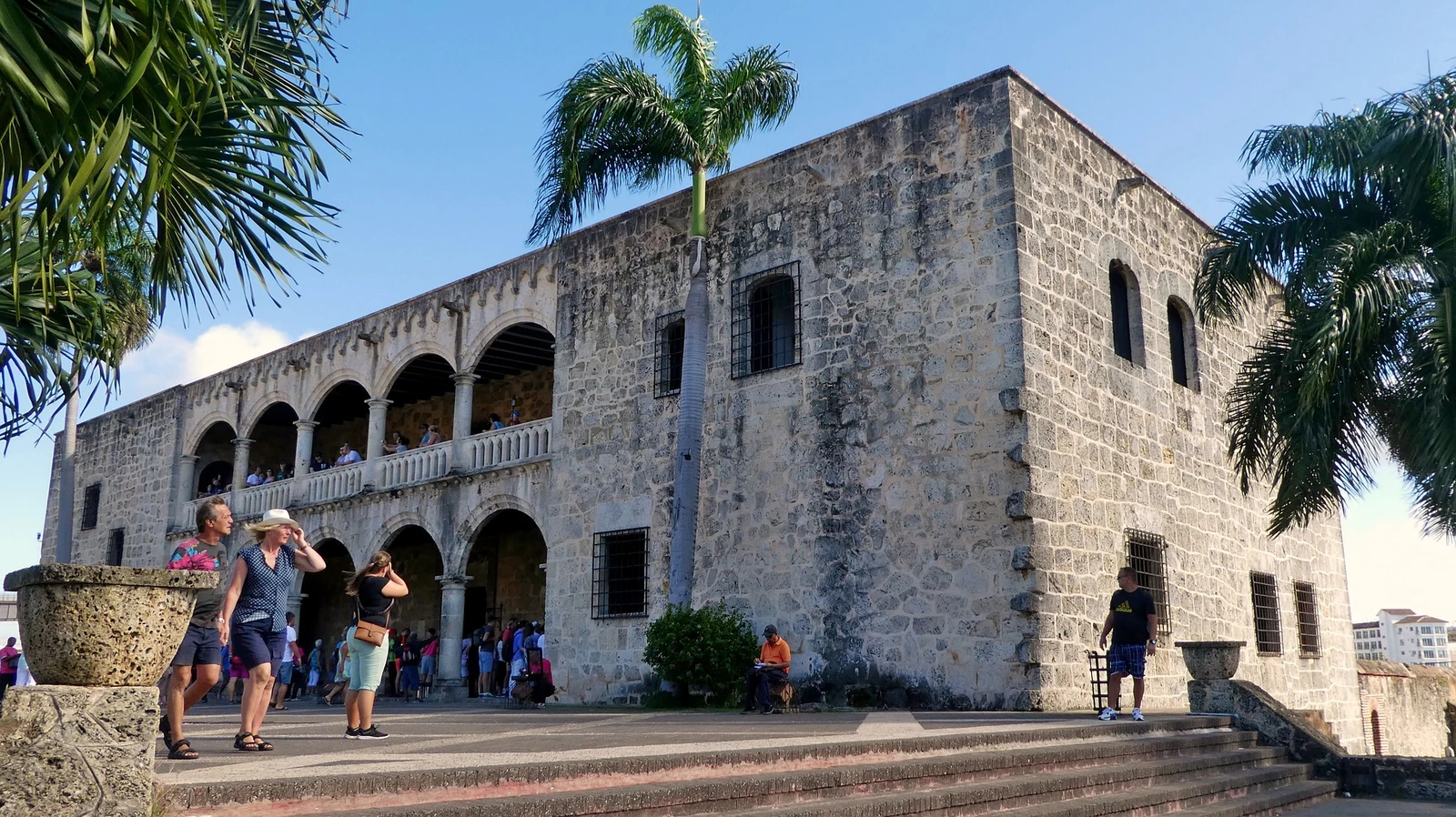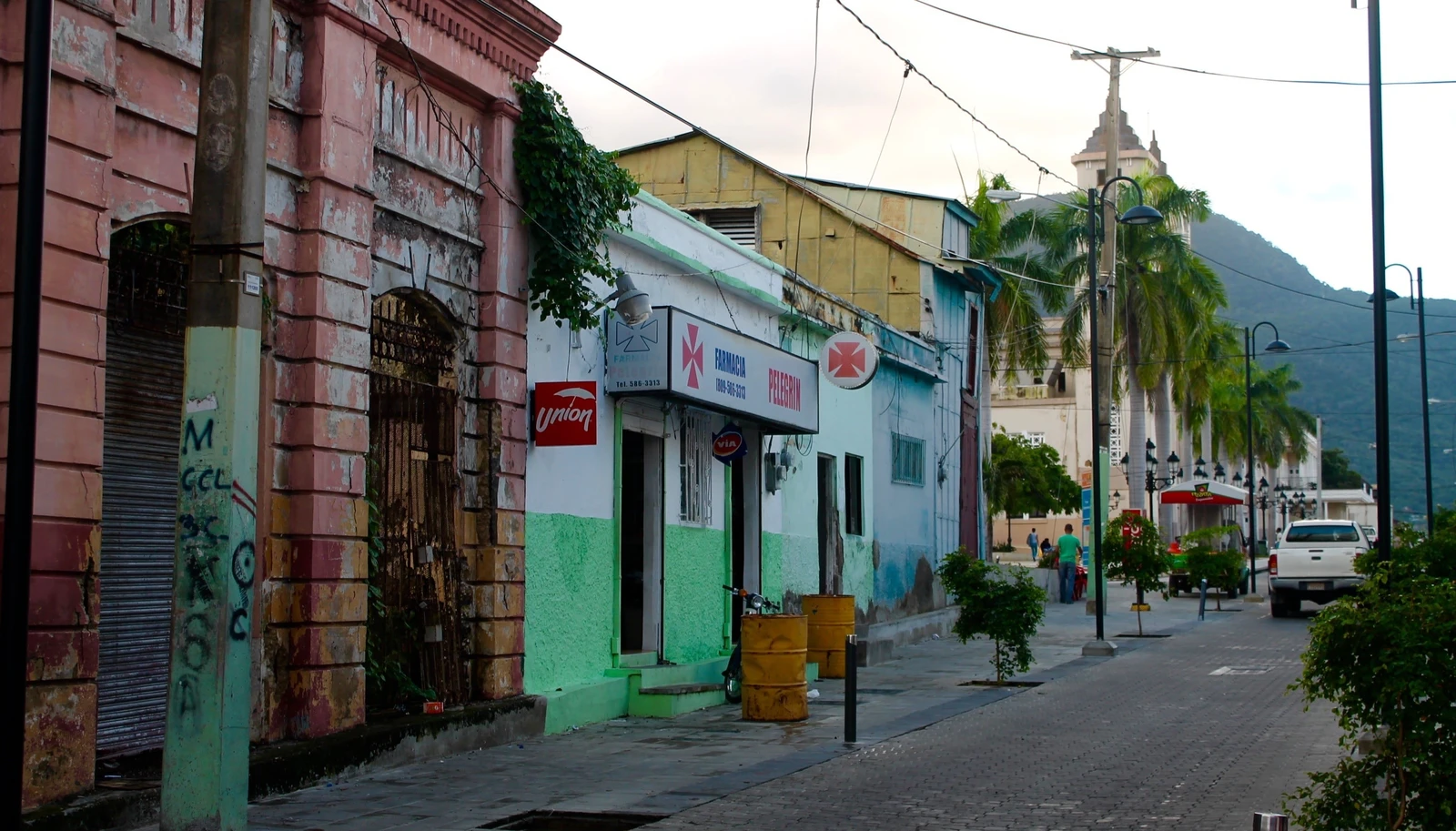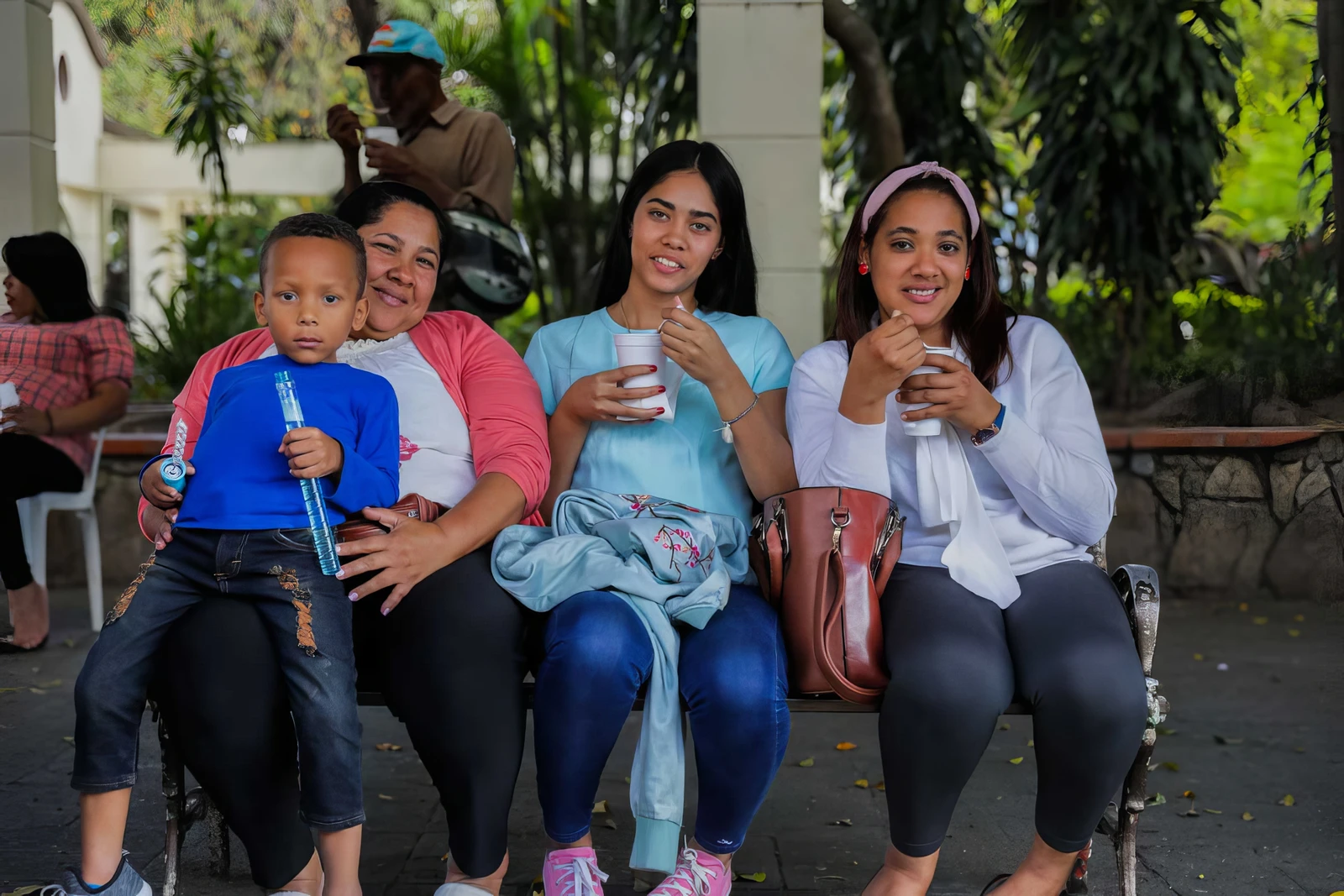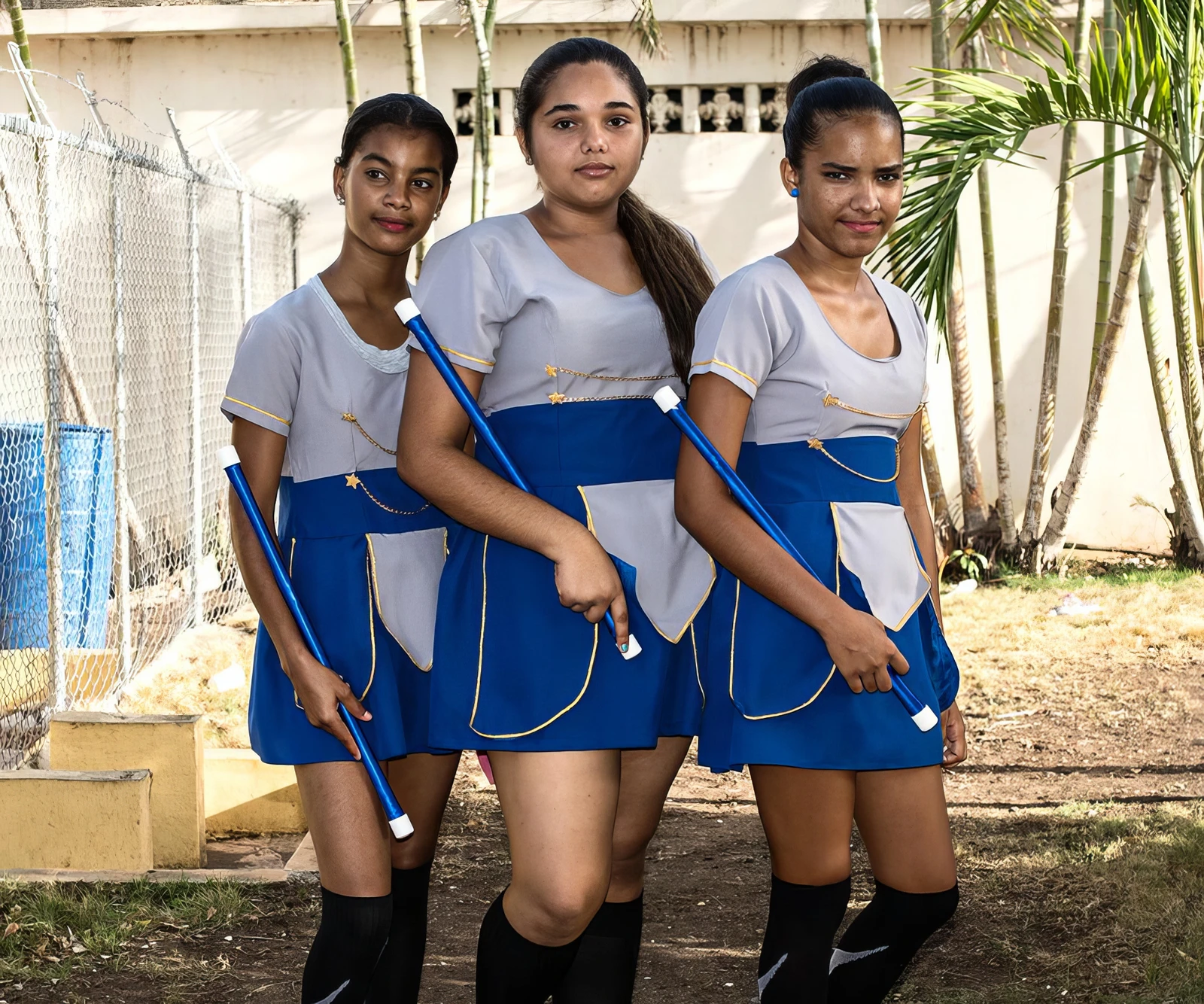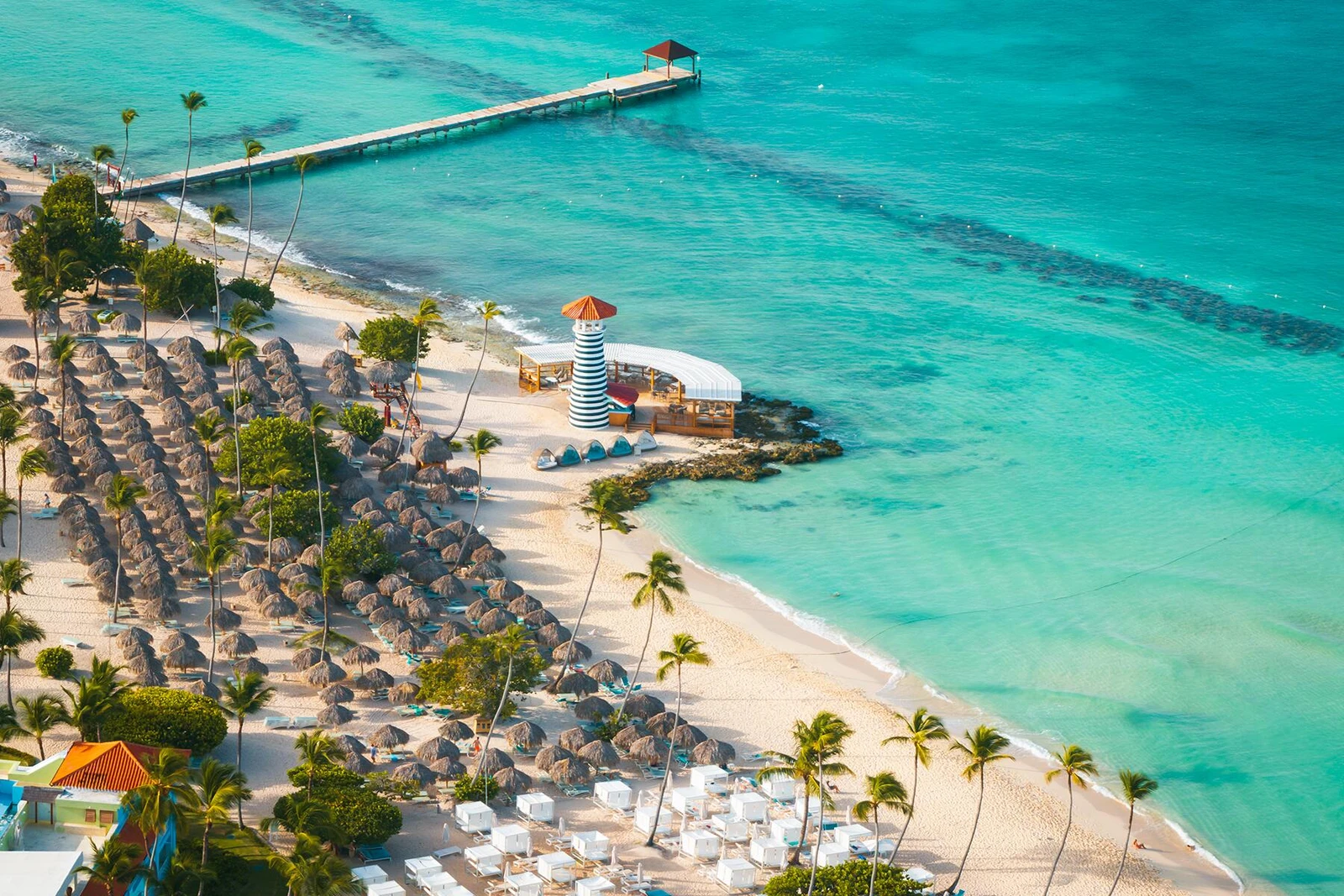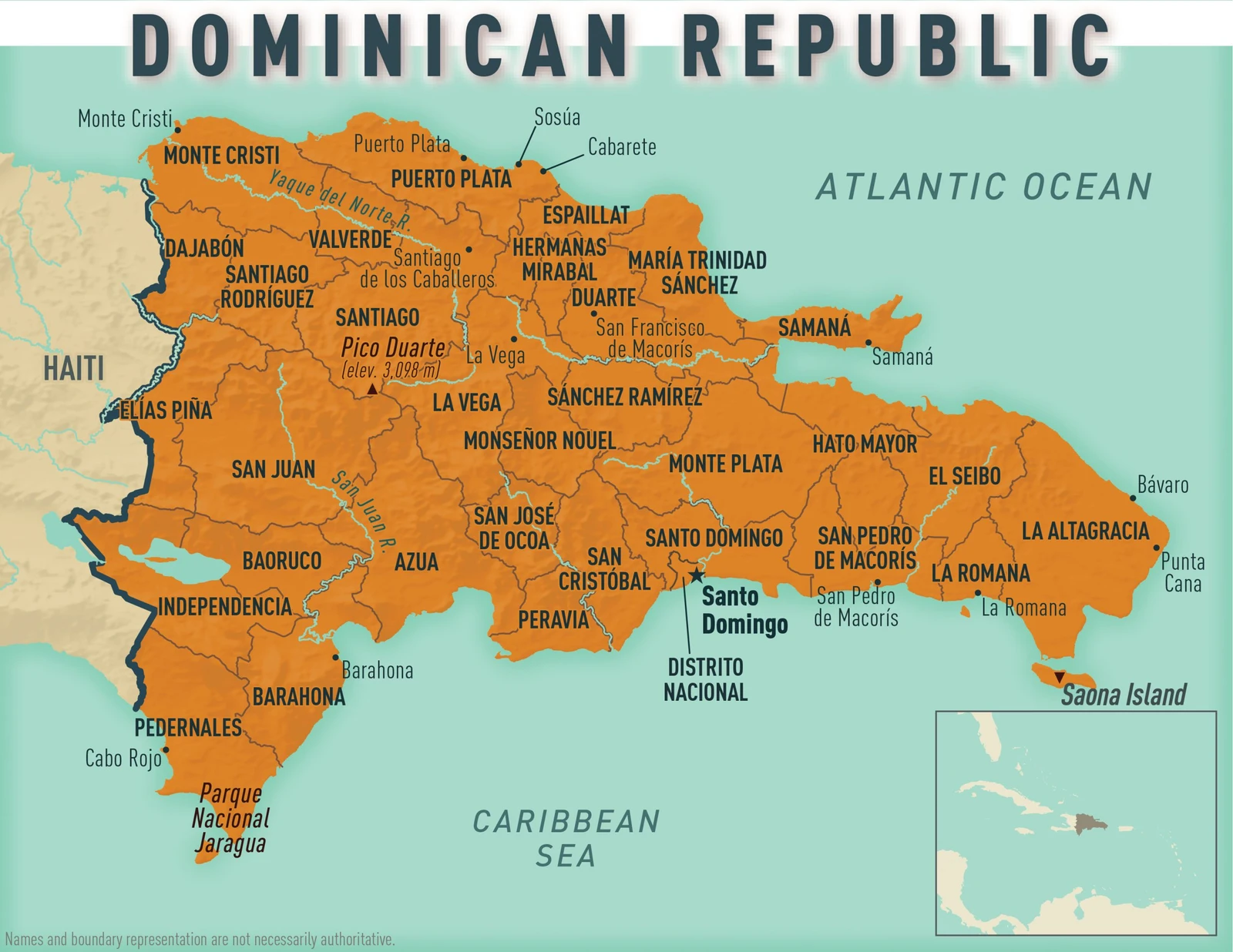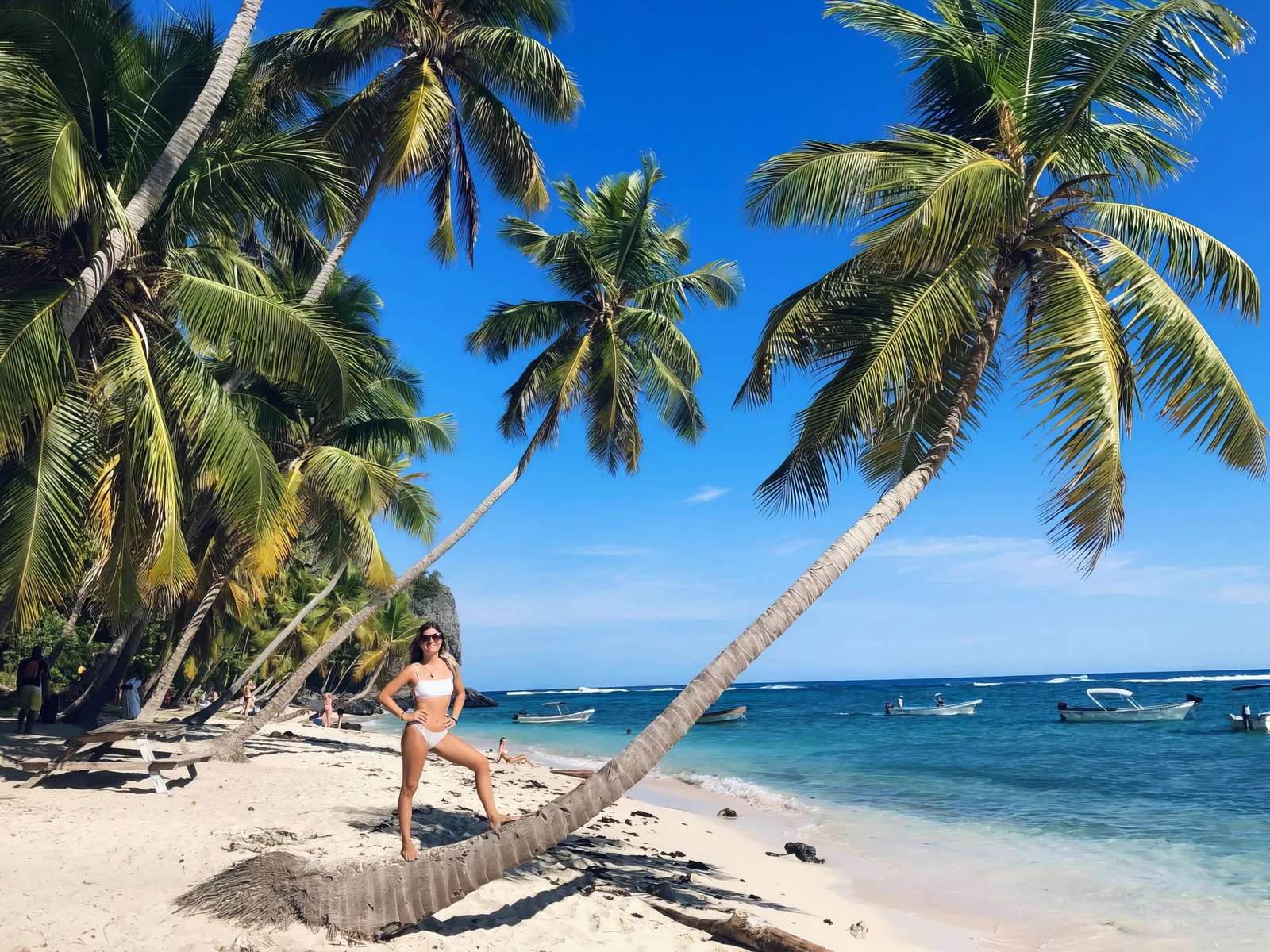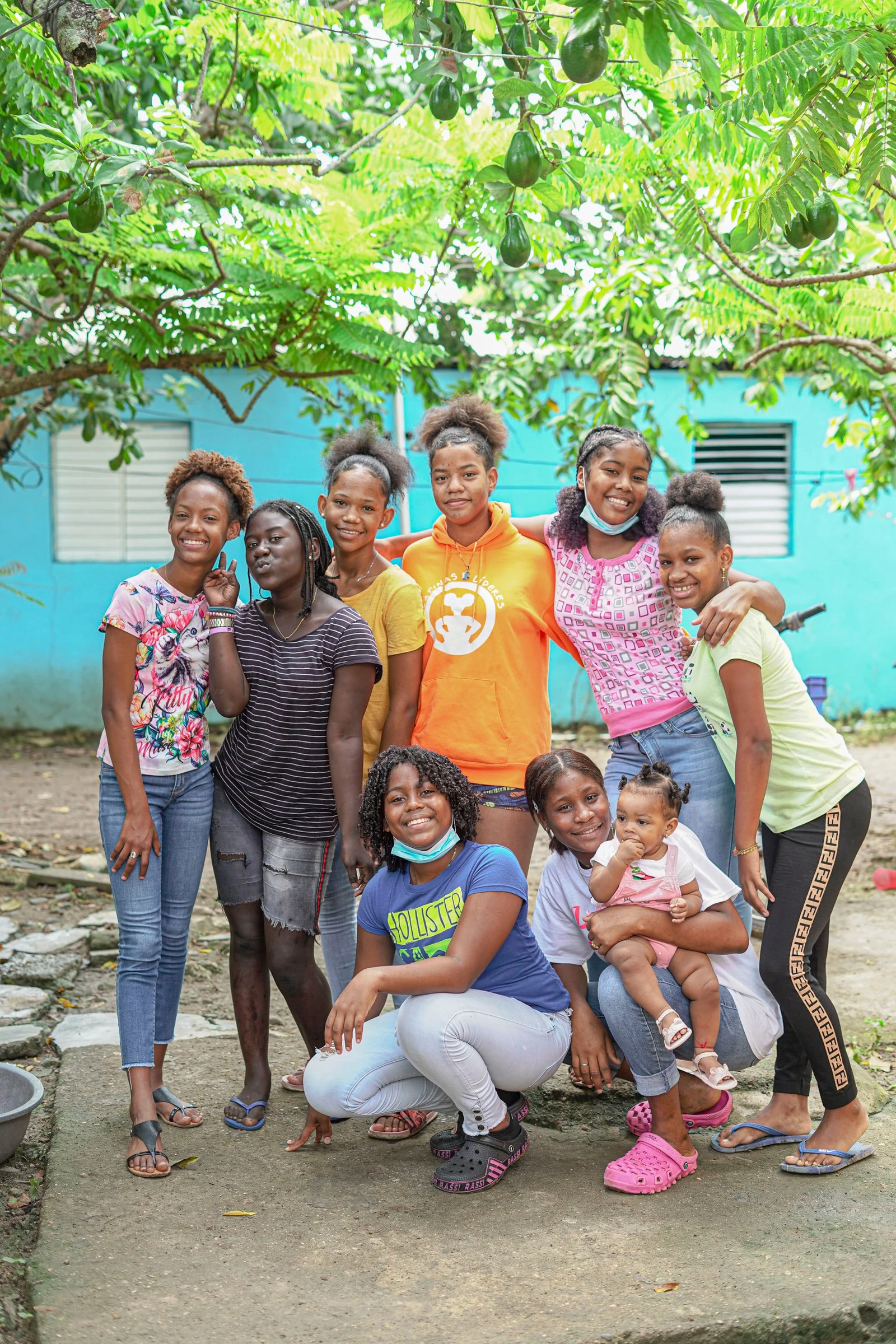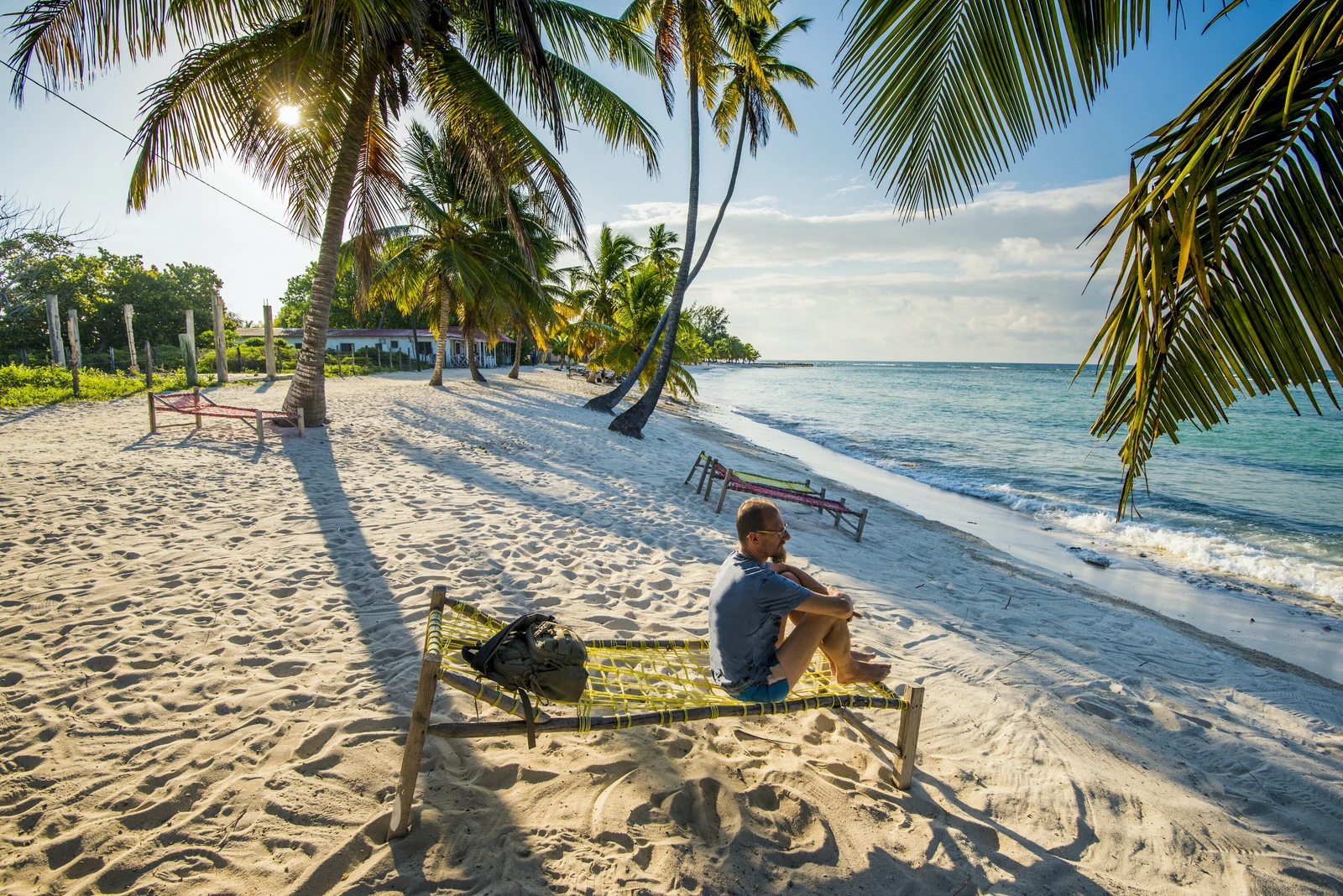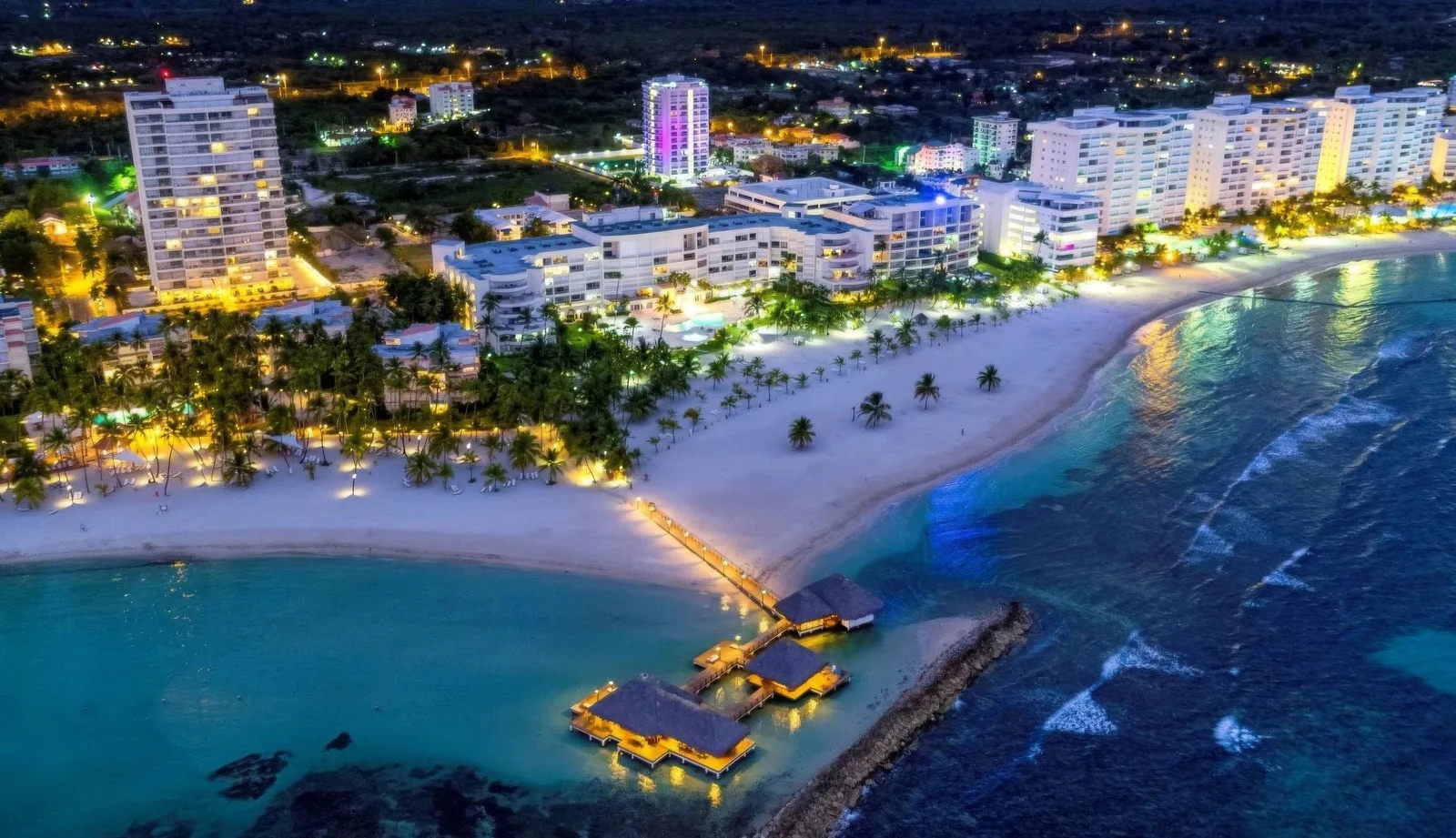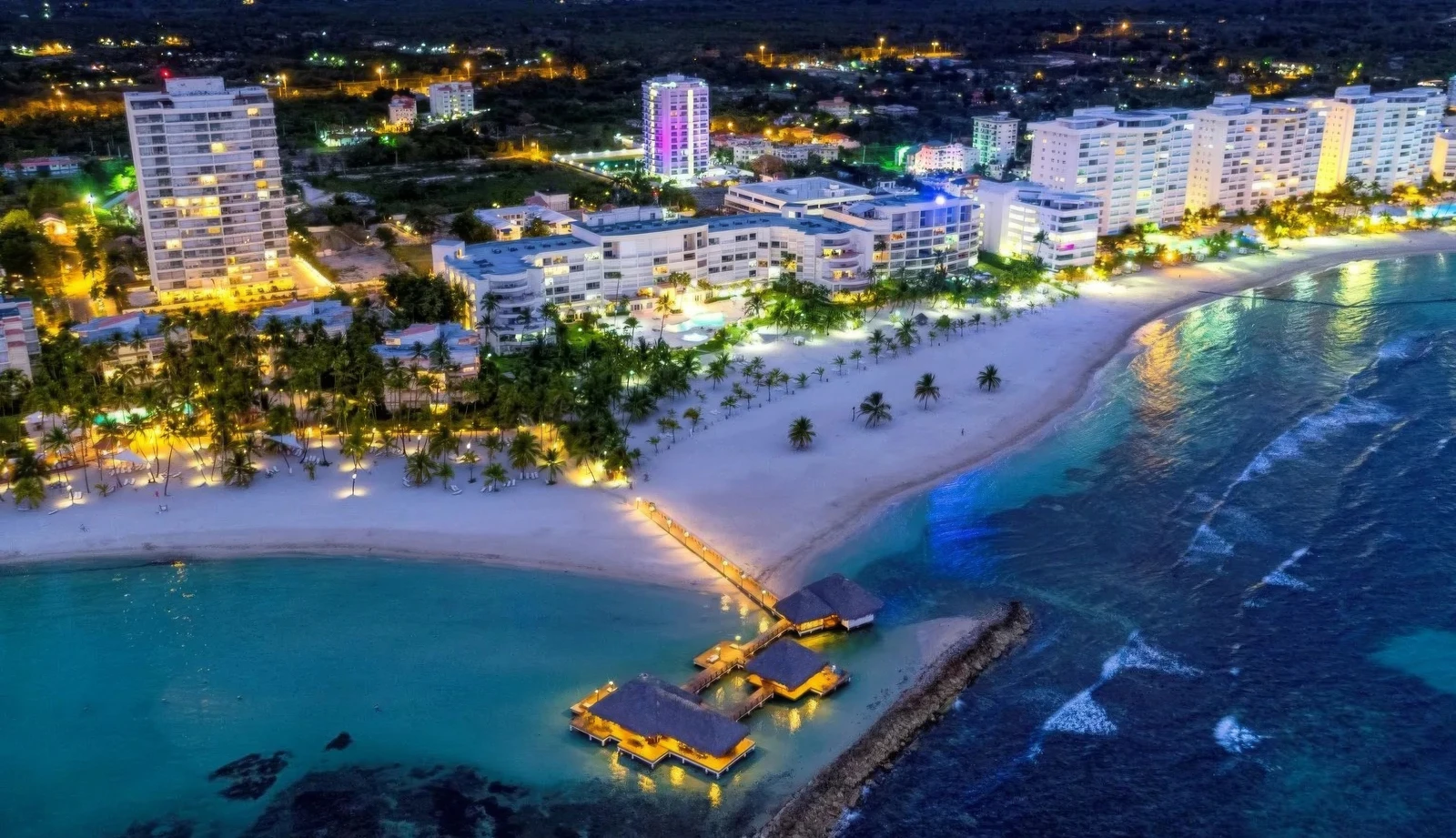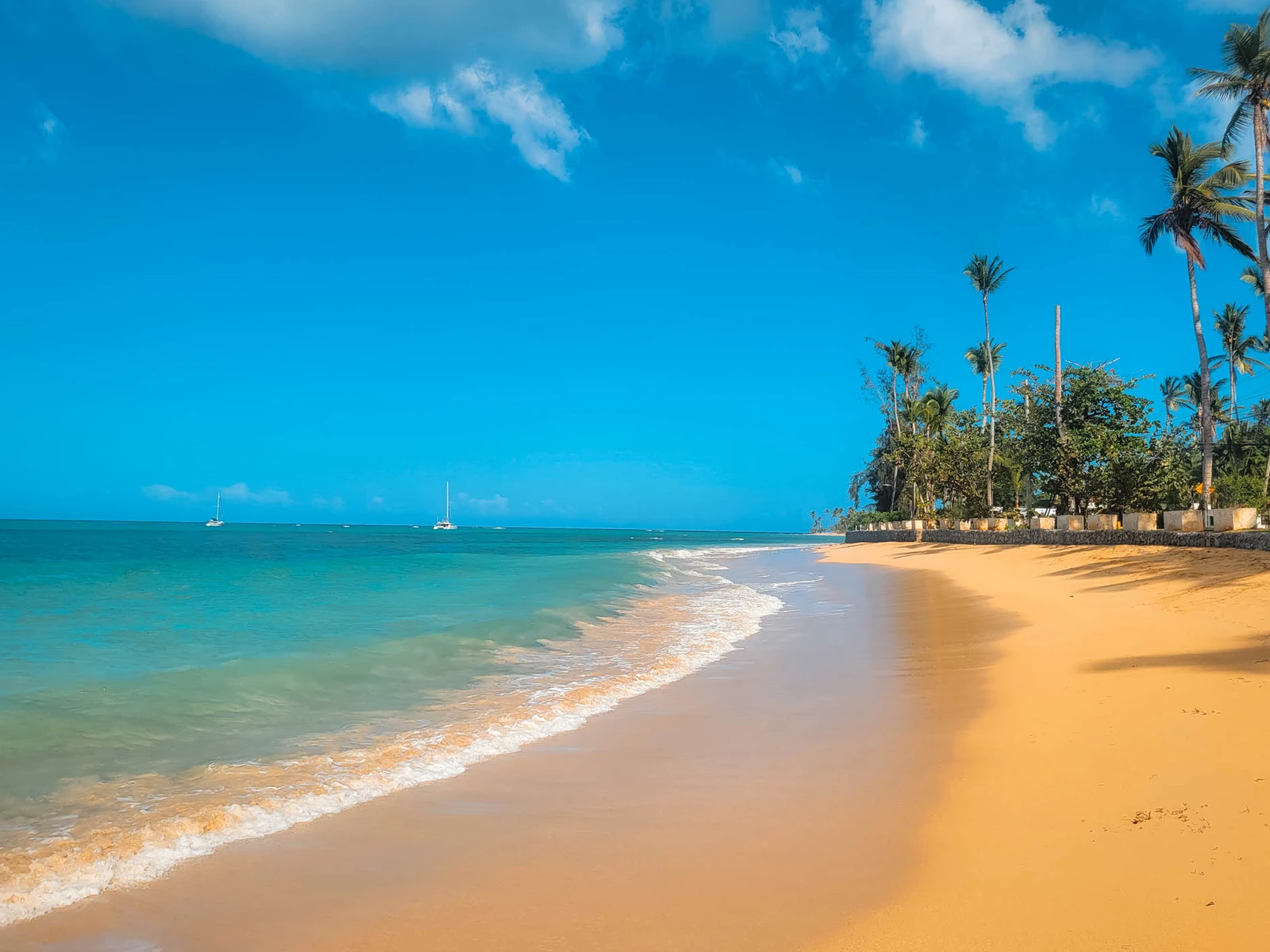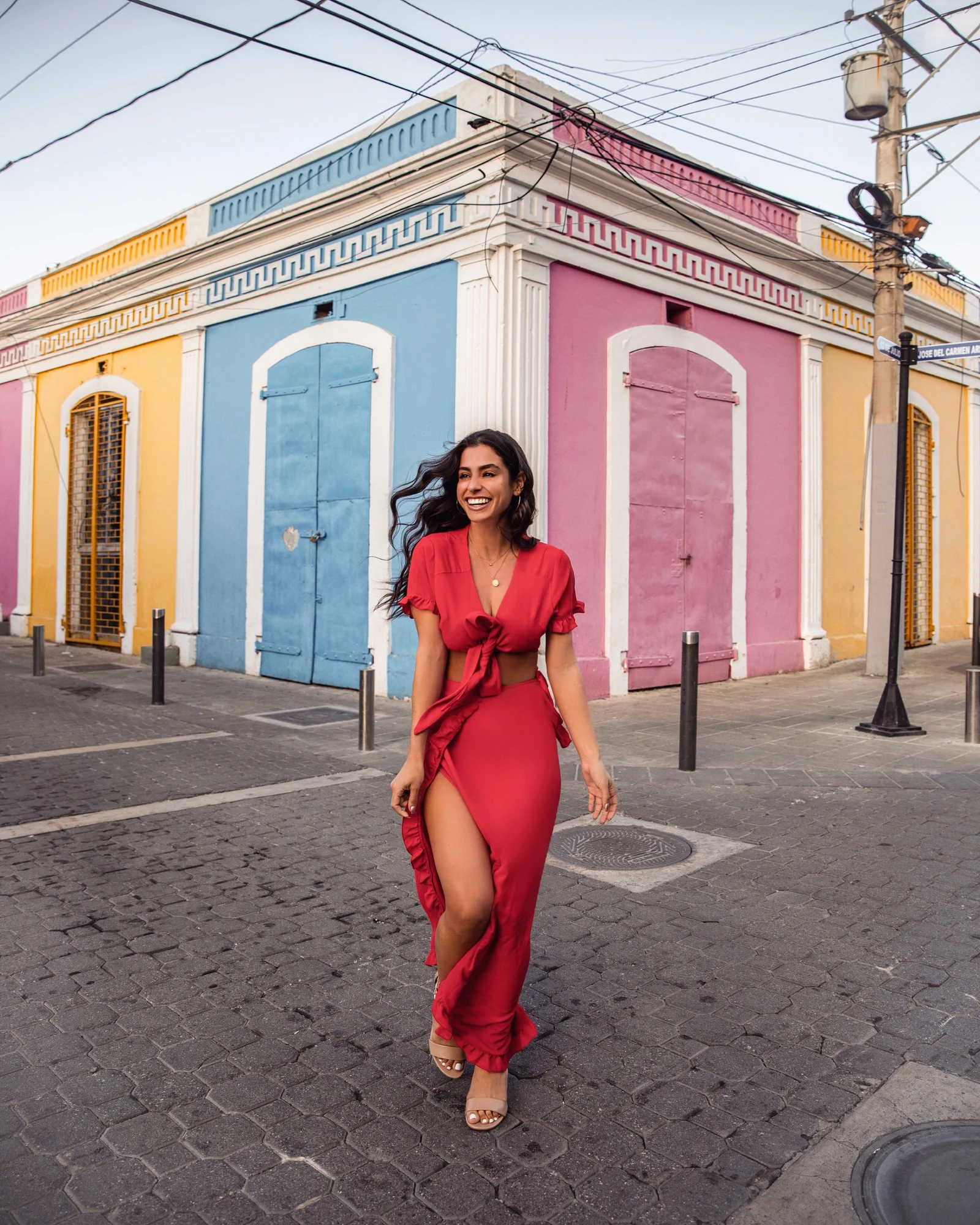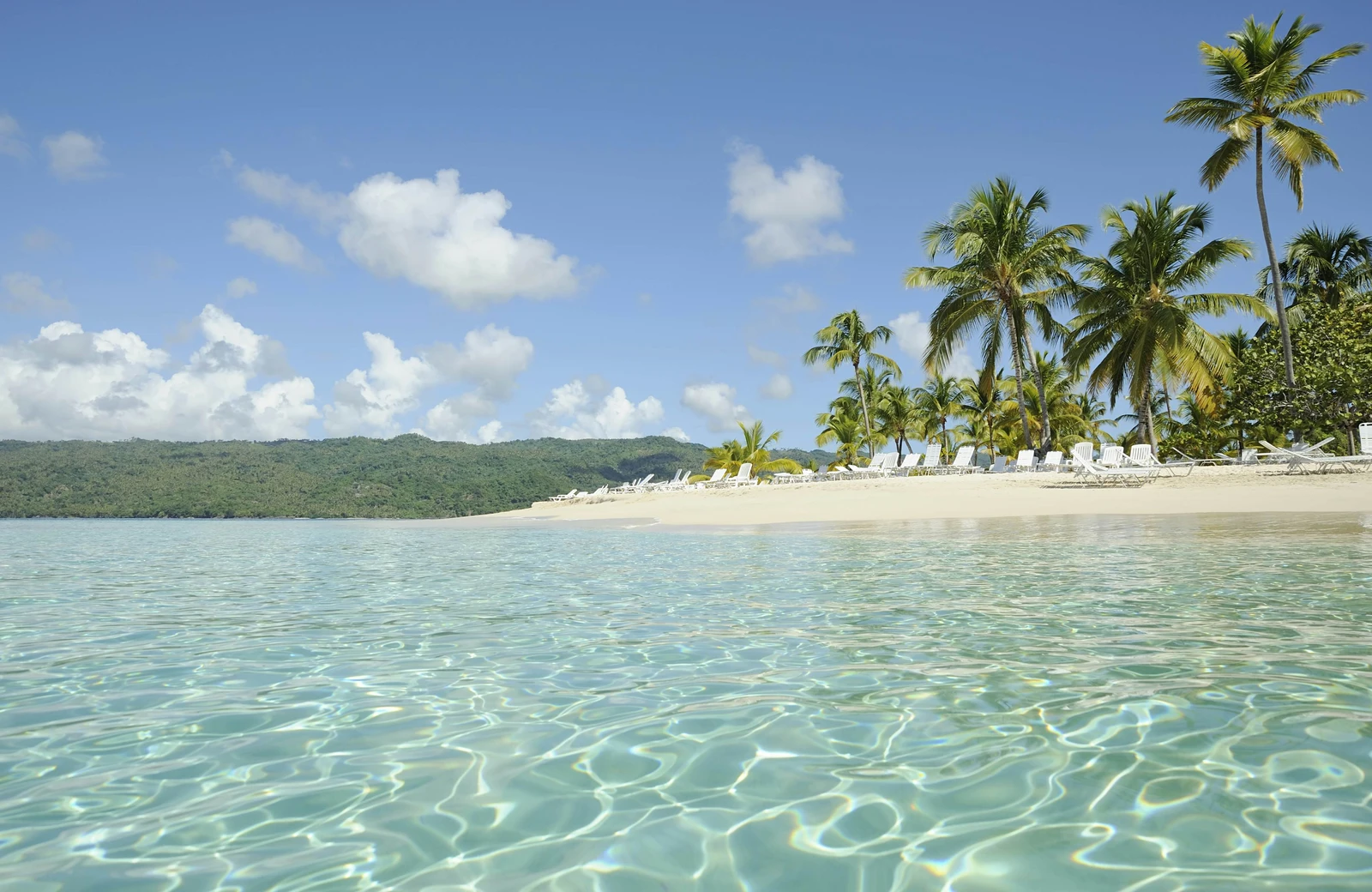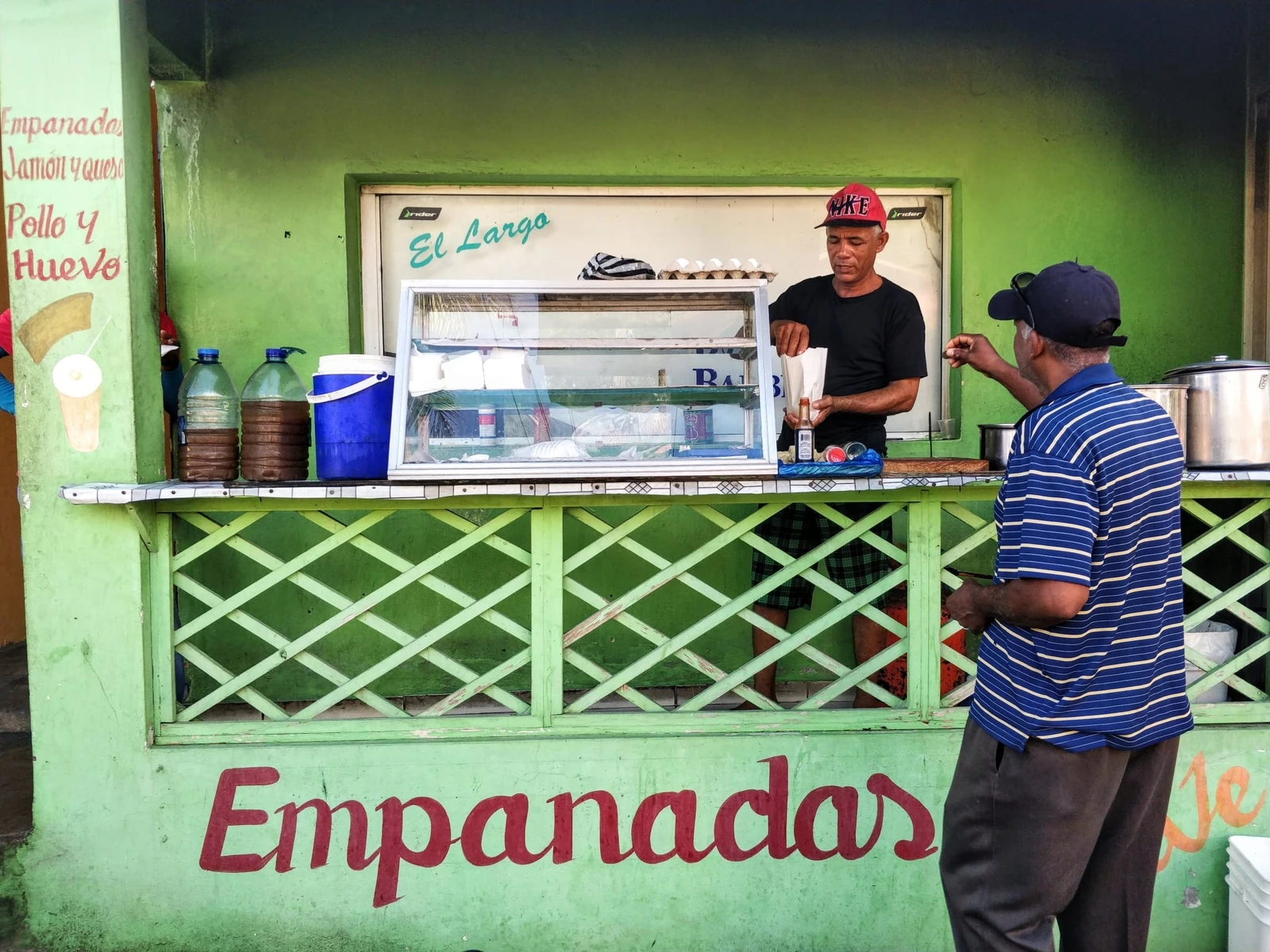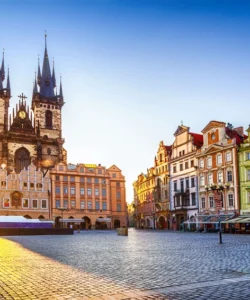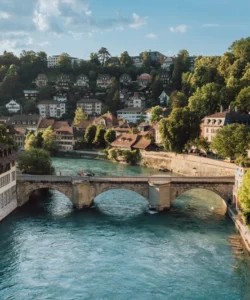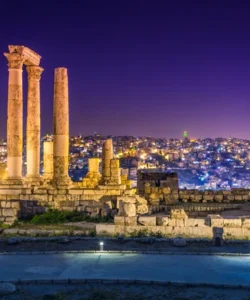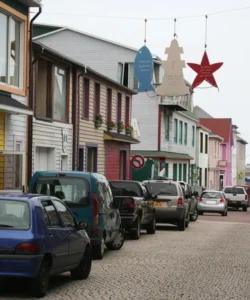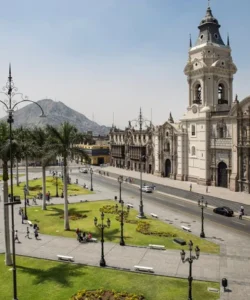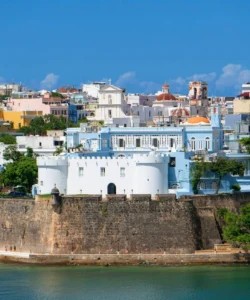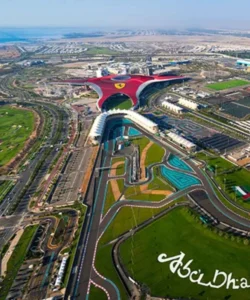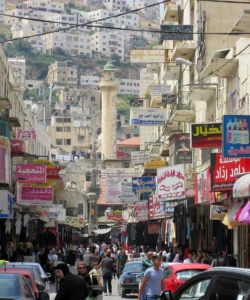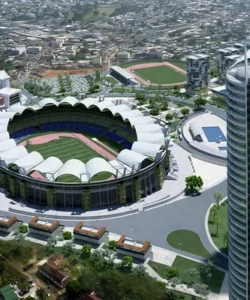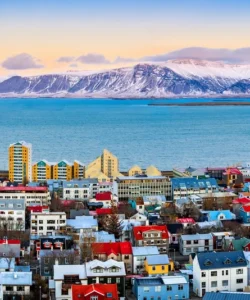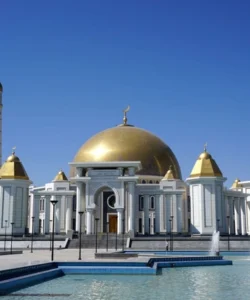The Dominican Republic (DR) is a vibrant Caribbean nation that shares the island of Hispaniola with Haiti. It’s renowned for its stunning diverse landscapes, ranging from lush tropical rainforests and towering mountains to arid deserts and, most famously, hundreds of kilometers of pristine white-sand beaches. The DR is a major tourist destination, offering a rich history, lively culture, and a wide array of activities.
![]()
Area and Population:
The Dominican Republic occupies the eastern two-thirds of the island of Hispaniola, with a total land area of approximately 48,670 sq. km (18,790 sq. mi). As of 2024, the estimated population is around 11.4 million people.
Language:
The official language is Spanish. English is widely understood and spoken in tourist areas.
Currency:
The official currency is the Dominican Peso (DOP). The United States Dollar (USD) is widely accepted in tourist zones and resorts.
Religion:
The predominant religion is Roman Catholicism. Protestantism is also growing in popularity.
Capital:
The capital city of the Dominican Republic is Santo Domingo. It is the oldest continuously inhabited European-established settlement in the Americas and the largest city in the Caribbean by population.
Major Cities/Towns:
Besides Santo Domingo, other major cities and tourist hubs include Santiago de los Caballeros (the second-largest city), Punta Cana/Bávaro (a major resort area), Puerto Plata, La Romana, and Samaná.
Attractions:
The Dominican Republic offers a diverse range of attractions:
- Colonial Zone (Zona Colonial), Santo Domingo: A UNESCO World Heritage site and the historical heart of Santo Domingo, featuring impressive colonial architecture, cobblestone streets, and the first cathedral, hospital, university, and customs house in the Americas.
- Punta Cana/Bávaro: Famous for its extensive stretch of all-inclusive resorts and beautiful white-sand beaches, offering various water sports and entertainment.
- Damajagua Waterfalls (27 Charcos) (Puerto Plata): A series of 27 waterfalls and natural pools where visitors can slide down natural water chutes and jump into crystal-clear pools.
- Saona Island: A picturesque island off the southeastern coast, known for its pristine beaches, palm trees, and natural swimming pools, often visited on catamaran tours.
- El Limón Waterfall (Samaná Peninsula): A beautiful waterfall accessible by horseback riding or hiking through lush tropical forests.
- Parque Nacional Los Haitises (Samaná Bay): A stunning national park characterized by unique limestone formations (mogotes), mangroves, caves with Taino pictographs, and rich biodiversity.
- Teleférico Puerto Plata (Cable Car): The only cable car in the Caribbean, taking visitors to the summit of Mount Isabel de Torres for panoramic views and a Christ the Redeemer statue.
- Altos de Chavón (La Romana): A meticulously crafted replica of a 16th-century Mediterranean village, featuring an amphitheater, art galleries, and craft workshops.
- Playa Dorada (Puerto Plata): A popular resort complex with hotels and a golf course.
- Whale Watching (Samaná Bay): From January to March, Samaná Bay becomes a breeding ground for thousands of humpback whales, offering incredible whale-watching opportunities.
Natural Wonders:
The DR’s natural landscape is remarkably diverse:
- Beaches: Hundreds of miles of coastline with pristine white and golden sand beaches.
- Mountains: Home to the highest peak in the Caribbean, Pico Duarte (3,098 m/10,164 ft), part of the Cordillera Central mountain range.
- Lush Rainforests: Particularly in the interior and northern regions.
- Deserts: Arid regions in the southwest, contrasting sharply with the rest of the island.
- Lakes: Including Lago Enriquillo, a hypersaline lake and the largest lake in the Caribbean, located below sea level and home to American crocodiles.
- Caves: Numerous cave systems with impressive formations and historical significance (e.g., Cueva de las Maravillas).
Architecture:
Dominican architecture is a rich tapestry woven from indigenous Taino, Spanish colonial, and modern influences.
- Colonial (Santo Domingo’s Colonial Zone): The most prominent historical style, featuring Gothic, Renaissance, and Baroque elements. Buildings are characterized by thick stone walls, ornate facades, courtyards, and red-tiled roofs. Examples include the Catedral Primada de América, Alcázar de Colón, and Monasterio de San Francisco.
- Victorian (Puerto Plata): Many wooden Victorian-style houses with intricate gingerbread trim and vibrant colors are found in Puerto Plata’s historic center.
- Traditional Rural: Simple, colorful wooden or concrete block houses, often with tin roofs.
- Modern Resort Architecture: Large resorts often feature a blend of Spanish-colonial inspired elements with contemporary designs, emphasizing open-air spaces, large pools, and tropical landscaping.
Roads:
The Dominican Republic has a continually improving road network, including well-maintained highways connecting major cities and tourist areas (e.g., between Santo Domingo, Punta Cana, and Santiago). However, rural roads can be less developed and prone to potholes. Driving is on the right-hand side of the road. While better than some neighboring countries, driving can still be challenging due to aggressive drivers, motorcycles, and varied road conditions. Public transportation includes long-distance buses (guaguas) and shared taxis (carros públicos).
Hotels:
The Dominican Republic is a powerhouse in Caribbean tourism, offering a vast range of accommodation options, with a strong emphasis on all-inclusive resorts, particularly in Punta Cana.
- All-Inclusive Resorts: Numerous international brands like Hard Rock Hotel & Casino, Barceló, Bahia Principe, Secrets, Dreams, Hyatt, and RIU have large properties in Punta Cana, Puerto Plata, and La Romana.
- Boutique Hotels: Available in the Colonial Zone of Santo Domingo and charming towns like Las Terrenas.
- Luxury Resorts: Such as Casa de Campo in La Romana, known for its golf courses and amenities.
Restaurants:
Dominican cuisine is flavorful and hearty, a blend of Spanish, African, and Taino influences. Dining options range from upscale international restaurants to casual local eateries (comedores) and street food vendors.
- Jalao (Santo Domingo): A popular spot in the Colonial Zone offering traditional Dominican dishes with a modern twist and live music.
- Mesón de la Cava (Santo Domingo): A unique dining experience set within a natural cave.
- La Yola (Punta Cana): An elegant, open-air restaurant by the water at Puntacana Resort & Club, known for fresh seafood.
- León Jimenes Rum Bar (Santiago): Offers a sophisticated experience with rum tasting and food.
- Local Comedores: Small, informal restaurants found everywhere, offering authentic and affordable Dominican meals.
- Street Food: Try empanadas, pastelitos, and frituras (fried plantains, yuca, chicken).
Cuisine:
Dominican cuisine is rich in flavor, based on staple ingredients like rice, beans, plantains, and various meats.
- La Bandera Dominicana (“The Dominican Flag”): The national dish, typically consisting of white rice, stewed red beans, and meat (usually chicken, beef, or pork), often accompanied by tostones (fried green plantains) or salad.
- Sancocho: A hearty and flavorful seven-meat stew, often made for special occasions.
- Mofongo: Though more famously Puerto Rican, a popular dish made from mashed fried green plantains with garlic, pork cracklings, and broth, often served with a protein.
- Mangú: Boiled, mashed green plantains, typically served for breakfast with fried eggs, fried salami, and fried cheese (known as “Los Tres Golpes” – “The Three Hits”).
- Pescado Frito: Fried whole fish, especially popular in coastal areas, often served with tostones and salad.
- Locrio: A rice dish cooked with various meats (chicken, pork, seafood) and vegetables, similar to paella.
- Empanadas and Pastelitos: Fried turnovers with savory fillings.
- Presidente: The national beer.
- Mama Juana: A traditional alcoholic drink made by soaking rum, red wine, and honey in a bottle with tree bark and herbs.
- Fresh Tropical Fruits: Mangoes, passion fruit, papayas, and more are abundant.
